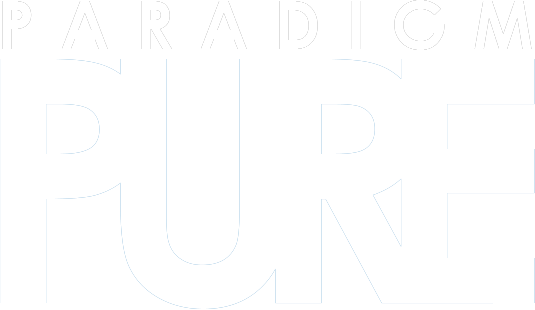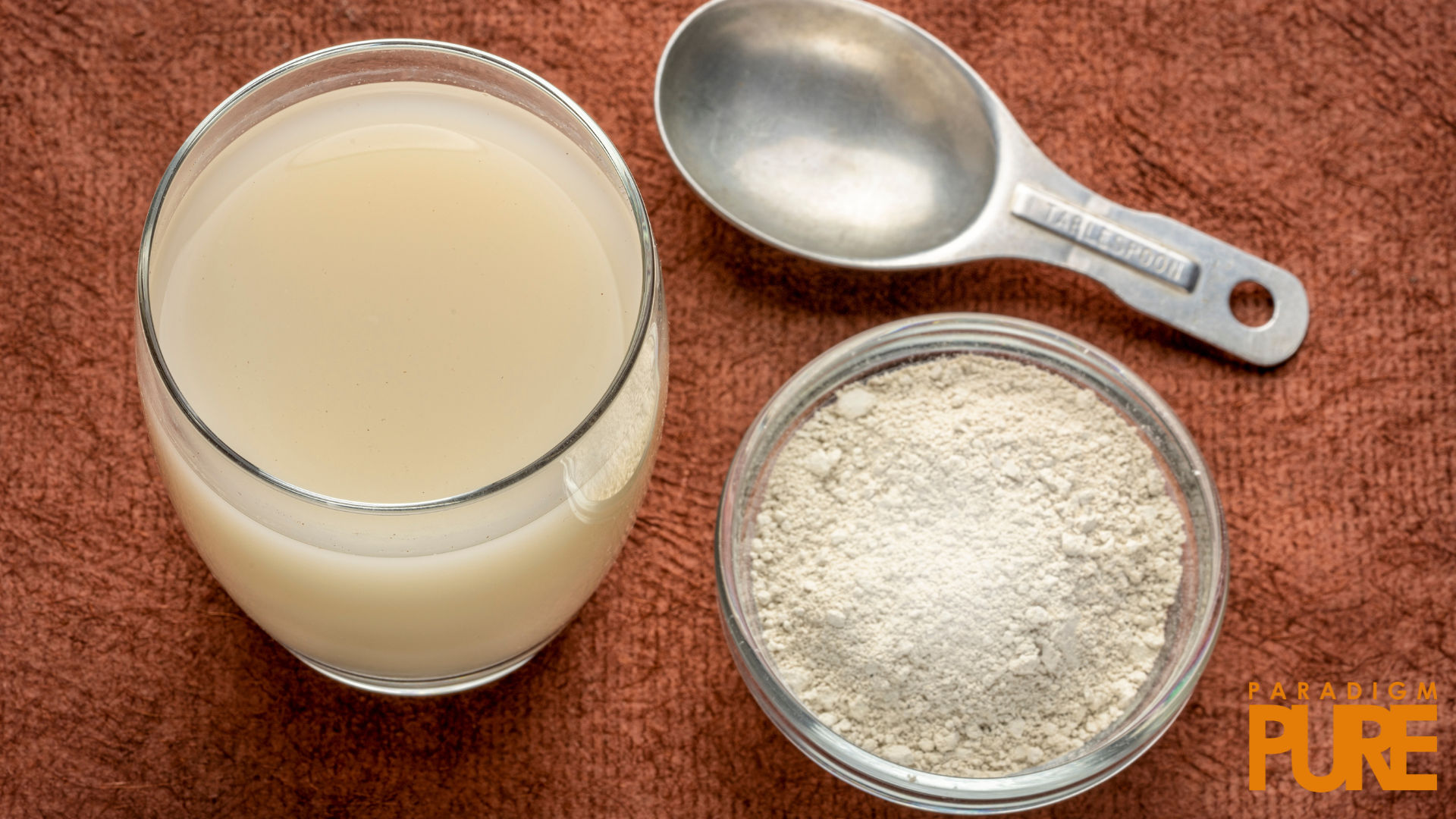The Quick Guide to Clays & Powders for Detox: Safe Uses and Considerations
Detox Clays
Clays and mineral powders have been trusted for centuries to draw out impurities, soothe skin, and support digestion. Today, many people turn to bentonite clay, zeolite, and diatomaceous earth as part of their detox routine.
Used with care, they can be grounding and effective. Used carelessly, they can cause more harm than good. Let’s look at how to use them wisely.
What Are Detox Clays and Powders?
Detoxifying clays and mineral powders are naturally occurring substances formed over thousands of years. Their structure allows them to bind to toxins, heavy metals, and impurities in the gut, potentially carrying them out of the body.
The most commonly discussed include:
Bentonite Clay
Zeolite
Diatomaceous Earth
Each has unique properties and potential benefits.
Bentonite Clay – A Reliable Detox Classic
Detox Clay
Bentonite is a swelling clay derived from volcanic ash. When hydrated, it develops a negative electrical charge that may attract positively charged toxins and heavy metals.
Potential benefits:
May support toxin binding in the digestive tract
Provides trace minerals
Sometimes used externally for skin and wound care
Considerations:
Quality varies greatly; always choose food-grade bentonite
Can cause constipation if not taken with sufficient water
Not suitable for long-term, high-dose use
How to Use Bentonite Clay
Clay Mask (for skin detox)
Mix 1–2 tablespoons of clay with enough water to form a smooth paste.
Apply evenly to your face, neck, or back.
Leave for 10–15 minutes, then rinse thoroughly.
Clay Drink (for digestion)
Stir ½–1 teaspoon of food-grade clay into a glass of filtered water.
Drink on an empty stomach.
Follow with plenty of water throughout the day.
Clay Bath (full-body detox)
Add ½–1 cup of bentonite clay into a bowl.
Stir in a few drops of a Soil Association–certified organic essential oil (like lavender) to the clay first — this helps the oil blend evenly instead of floating on the bathwater.
Mix with warm water until smooth, then add the mixture into your bath.
Soak for 15–20 minutes, then rinse.
💧 Hydration Tip: Whether drinking or bathing with clay, always drink extra water before and after to stay balanced.
Zeolite - The Mineral Filter
Zeolites
Zeolite is a naturally occurring volcanic mineral with a cage-like structure that can trap heavy metals and environmental toxins.
Potential benefits:
May bind heavy metals like lead and mercury
Sometimes used to support detox after environmental exposure
Stable structure allows targeted binding
Considerations:
Purity is essential — some zeolite products are contaminated
Evidence is promising but still limited in humans
Should be used under guidance, especially if you have existing health conditions
Diatomaceous Earth - Miracle Minerals
Diatomaceous earth
Diatomaceous earth (DE) is made from the fossilised remains of tiny aquatic organisms called diatoms. It is rich in silica and has a fine, powdery texture.
Potential benefits:
Traditionally used for parasite and digestive health
Provides natural silica, supporting hair, skin, and nails
May support detoxification in the gut
Considerations:
Only food-grade DE is safe for internal use — pool-grade DE is toxic
Its abrasive texture may irritate the digestive tract in some individuals
Needs to be taken with plenty of water
Bringing Clays Into Everyday Life
Start gently: Begin once a week with small amounts.
Pay attention: Detox should feel supportive, not draining.
Try external first: Clay masks or baths are a gentle entry point.
Stay hydrated: Clays absorb water — your body needs more when using them.
FAQ
1. Can I use any clay for detox?
No — only clays like bentonite, zeolite, or food-grade DE sold for health purposes.
2. How often should I use clay?
Once a week is a good start. Increase slowly if your body adapts well.
3. Is ingesting clay safe?
Yes, but only if clearly labelled food-grade and safe for internal use.
4. Can clay help skin issues?
Yes — masks and baths help absorb excess oil, calm irritation, and draw out impurities.
5. What if I react badly?
Stop immediately, rinse thoroughly if topical, and drink water if ingested. Seek medical advice if symptoms persist.
⚠️Quality Matters
Always choose food-grade products from reputable sources. Many low-cost clays and powders can be contaminated with the very heavy metals you’re trying to remove.
⚠️Professional Guidance
Clays and powders should not replace medical treatment. If you’re considering using them, consult a qualified practitioner — especially if you are pregnant, breastfeeding, or have a chronic condition.
Safe Ways to Use Clays and Powders
Start small: Begin with tiny amounts to see how your body responds.
Stay hydrated: These substances can absorb water and may cause constipation without adequate fluid intake.
Cycle use: Avoid long-term continuous use. Take breaks to allow your body to rebalance.
Combine with nutrition: Use alongside a diet rich in whole foods, fibre, and antioxidants for best results.
Final Thoughts
Clays and mineral powders can be powerful tools for detoxification, but they are not “magic bullets.” Used wisely, alongside food-based detox strategies, rest, and oxygen support, they may offer additional benefits. Used recklessly, they can do more harm than good.
✅ Reader Highlight
Thinking of adding clays and powders to your detox routine? Always choose food-grade products and seek professional advice. Curious about how these fit into a full detox plan? Read our full guide to heavy metal detox here »




